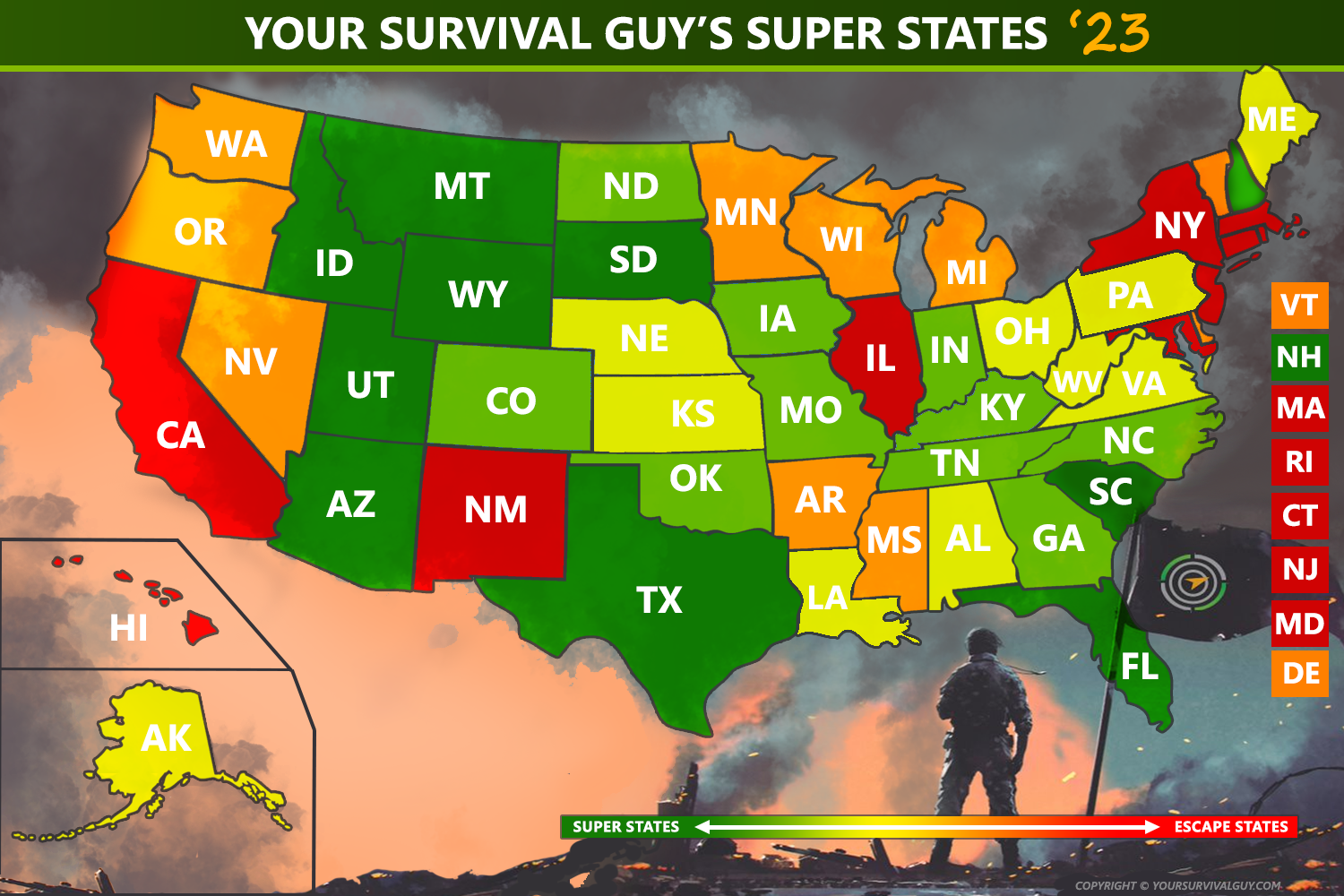You have heard that money goes where it’s best treated, and yet another round of Census data on the movement of Americans proves just that. In 2023, the Census saw more Americans choose low-tax states over high-tax states. At the Tax Foundation, Katherine Loughead reports:
Americans were on the move in 2023, and many chose low-tax states over high-tax ones. That’s the finding of recent U.S. Census Bureau interstate migration data and commercial datasets released last week by U-Haul and United Van Lines.
The U.S. population grew 0.49 percent between July 2022 and July 2023, an increase from the previous year’s 0.37 percent. While international migration contributed to population growth at the national level, interstate migration was the key driver of net population changes at the state level. The U.S. Census Bureau’s most recent interstate migration estimates show that New York lost the greatest share of its population (1.1 percent) to other states between July 2022 and July 2023. Not far behind was California, which lost 0.9 percent of its residents, followed by Hawaii (0.8 percent), Alaska (also 0.8 percent), and Illinois (0.7 percent). At the other end of the spectrum, South Carolina saw the greatest population growth from net domestic inbound migration (1.6 percent), followed by Delaware (1.0 percent) and North Carolina, Tennessee, and Florida (all 0.9 percent).
This population shift paints a clear picture: Americans are leaving high-tax, high-cost-of-living states in favor of lower-tax, lower-cost alternatives. Of the 32 states whose overall state and local tax burdens per capita were below the national average in 2022, 24 experienced net inbound migration in FY 2023. Meanwhile, of the 18 states and D.C. with tax burdens per capita at or above the national average, 14 of those jurisdictions experienced net outbound migration.
Though only one component of overall tax burdens, the individual income tax is particularly illustrative here. In the top third of states for population growth attributable to domestic migration, the average combined top marginal state income tax rate is about 3.8 percent. In the bottom third (including D.C.), it’s 3.5 percentage points higher, at about 7.3 percent.
Five states in the top third forgo taxes on wage income (Florida, South Dakota, Tennessee, and Texas, as well as Washington, which taxes capital gains income but not wage income). Even the highest top marginal rate in that cohort—Maine’s 7.15 percent—is still lower than the average top rate in the bottom third of states, and lower than many of its Northeastern U.S. peers.
Among the bottom third, five jurisdictions—California, Hawaii, New Jersey, New York, and the District of Columbia—have double-digit income tax rates, and (excepting Alaska, with no income tax), the lowest rate is in Pennsylvania, where a low state rate of 3.07 percent is paired with some of the highest local income tax rates in the country. Six states in the bottom third have local income taxes; only one in the top third does.
Action Line: If you are looking for somewhere in America that treats you and your money better, begin your search with Your Survival Guy’s 2023 Super States, and click here to subscribe to my free monthly Survive & Thrive letter to be among the first to receive my upcoming 2024 Super States update.




